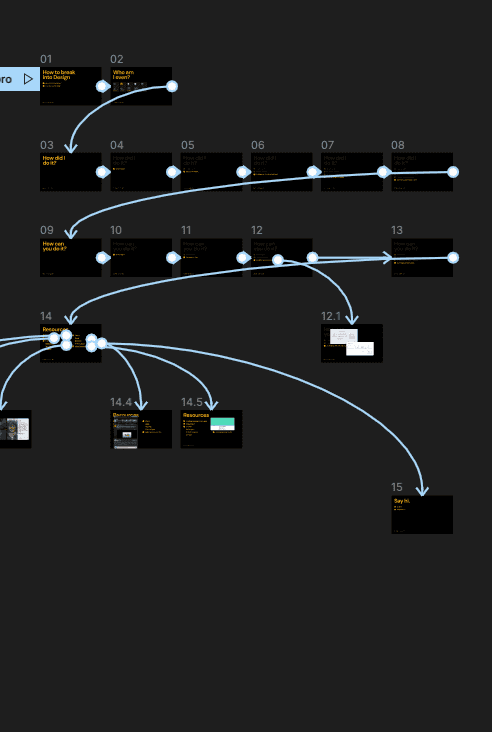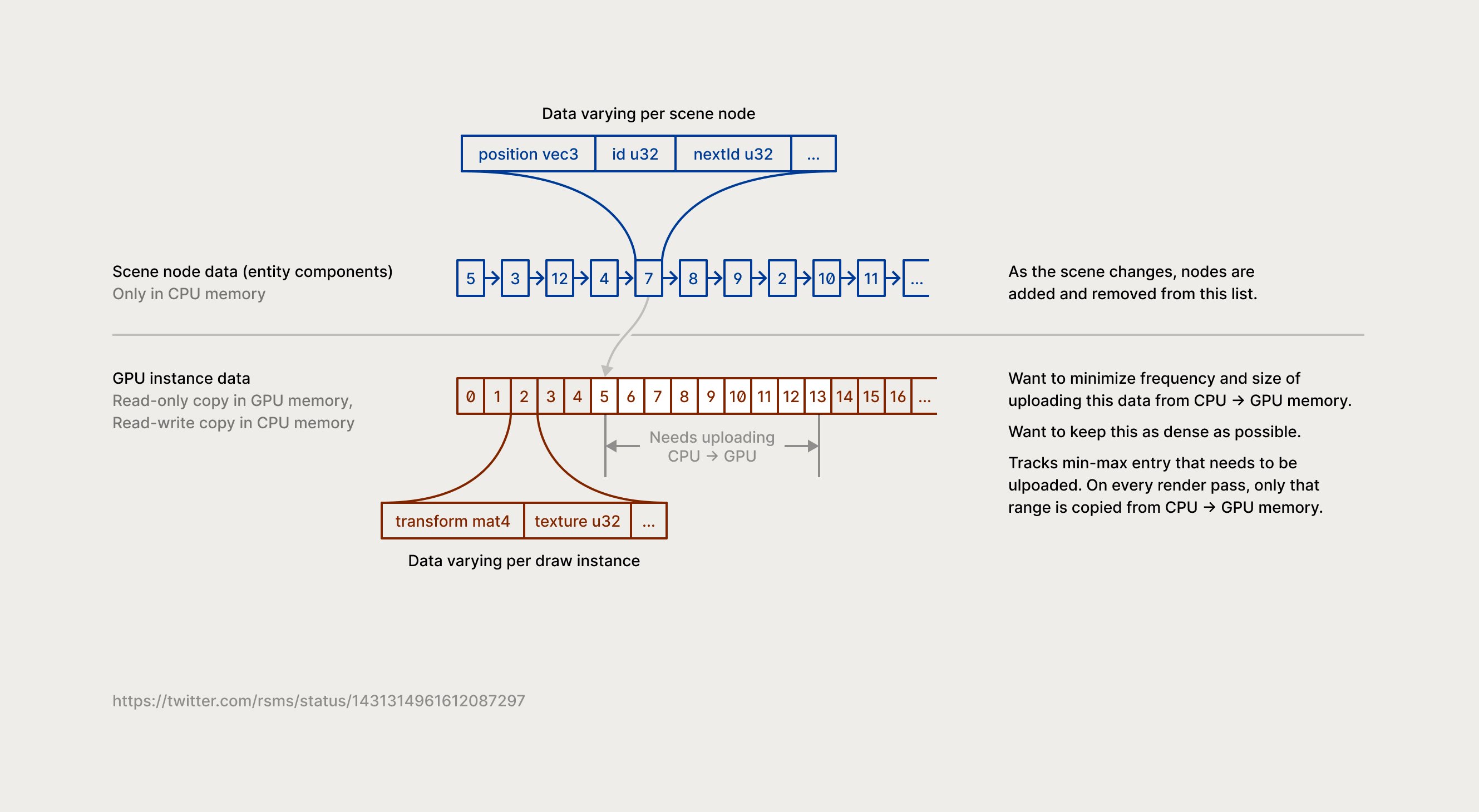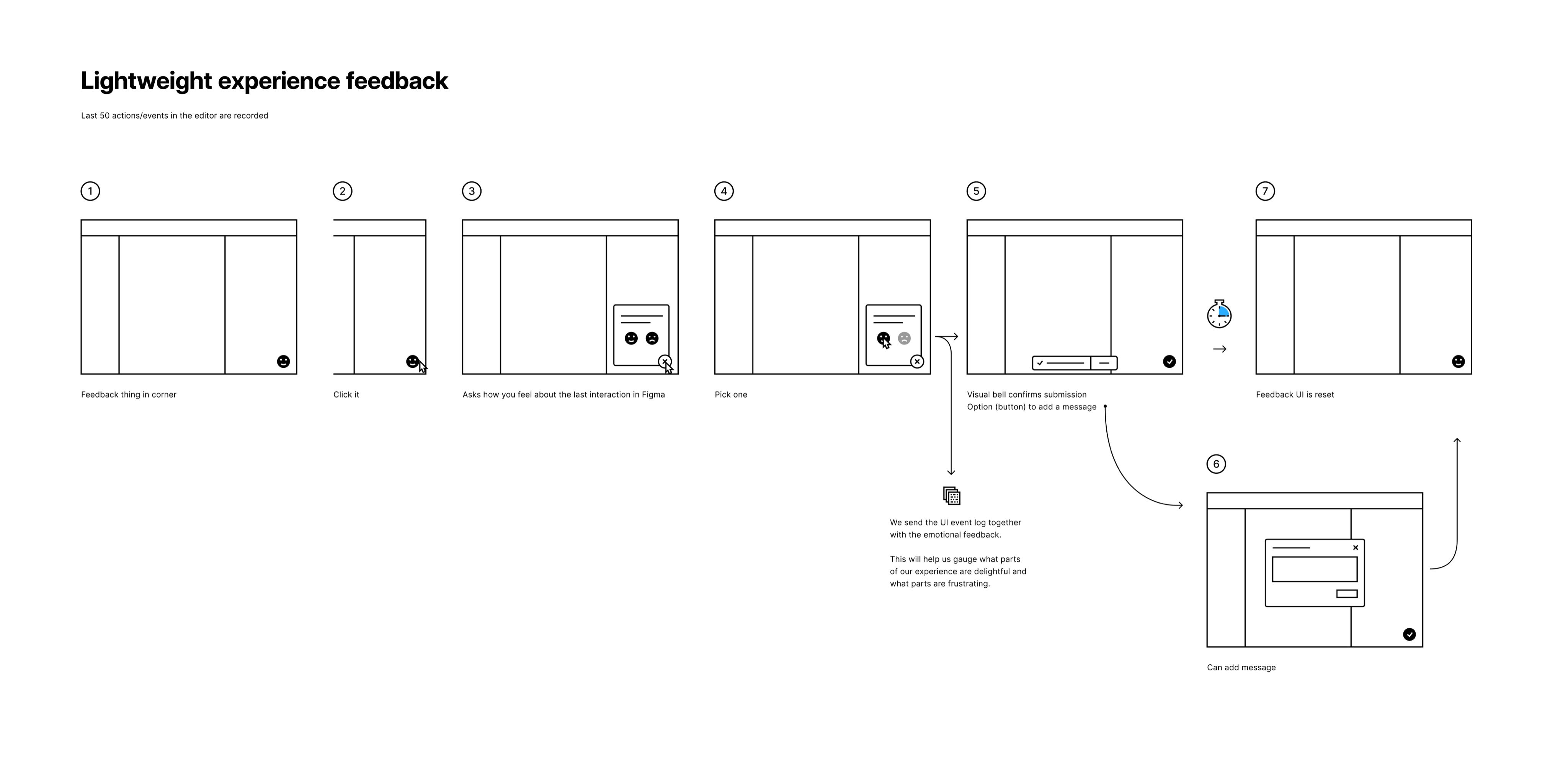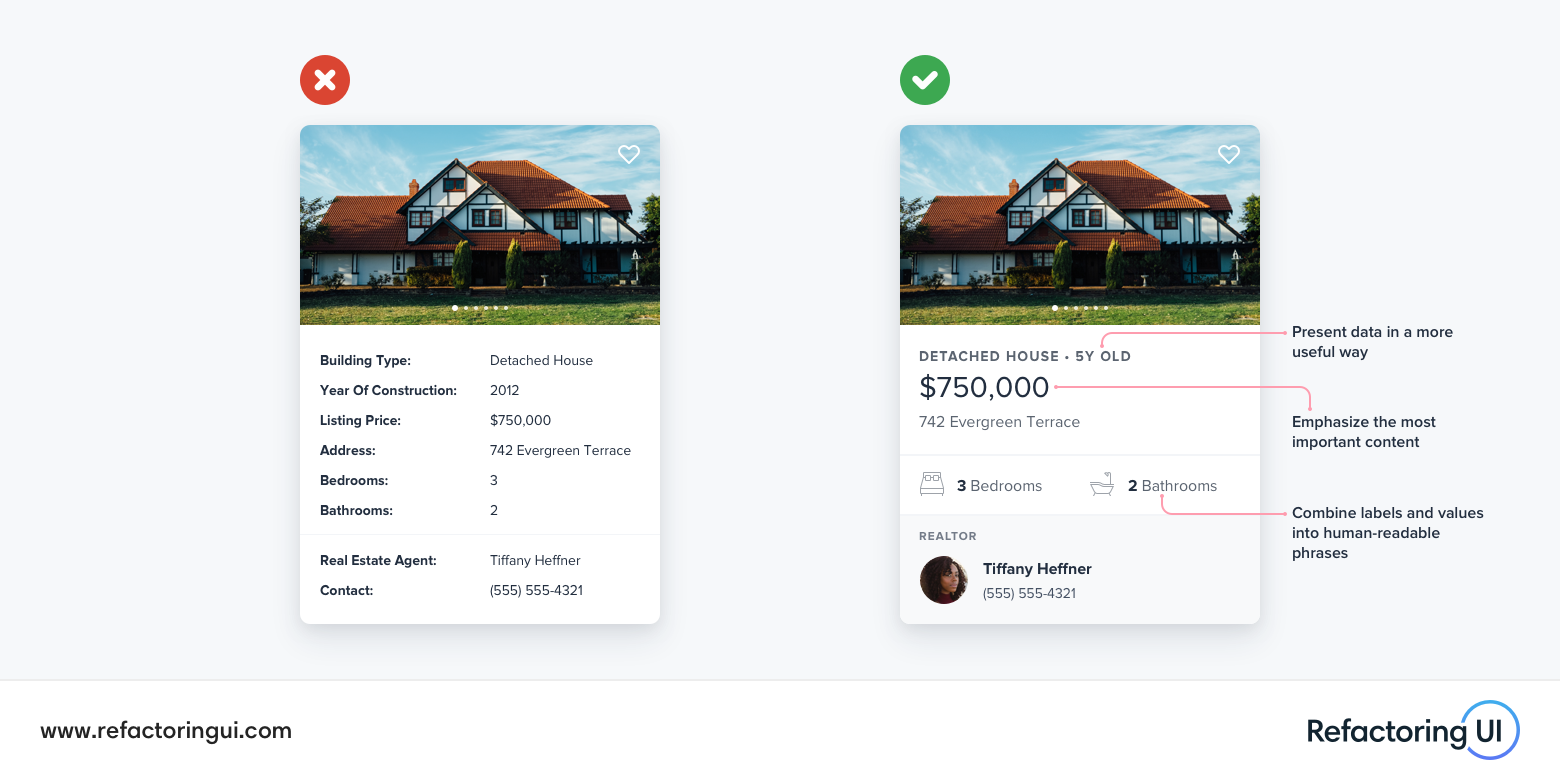
Breaking into Design
May 28, 2022
Disclaimer: This is very generic advice. Happy to chat specifics, please ping me on @sahilk or [email protected].
This talk is from the “Design for Everyone” series by Creators of Prod. You can view the recorded session here and the presentation's Figma file here.
How did I do it back then?
- Taught myself. I was curious. I’m still curious. I got introduced to design when I took an optional subject in my first year of BBA, called Multimedia. I really didn’t learn anything useful in class, but I got interested. Google was my best friend, especially when it came to design. Since I was in a “computer” institute, I ended up dabbling in a little code where both Google and my seniors came handy. Customising WordPress themes was the rabbit hole I needed.
- Faked it till I made it. I’m still faking it. Impostor syndrome is real. But I’ve gotten comfortable with drawing a line. There are enough senior engineers out there who tweet about them not remembering things and that it’s okay. It applies to designers as well. One keeps doing it and just becoming better at it.
- Jo dikhta hai, who bikhta hai. Part A. People say showing up is half the job done — it applies here as well. It opened doors for me. Everyone’s looking for designers. As I taught myself, I showed at non-design events (not that there were any design events happening around me back then). They didn’t know where to find designers, and then they suddenly knew me. I was hungry, willing to learn, and very cheap. I freelanced, so I anyway had to show up to sell myself. Even today at Last9, I’m here because Tripad and I know each other from a coffee community. Don’t make just design your entire personality.
- Learnt by doing, then asking. I’ve seen folks showing up with no homework done — generic advice isn’t going to helpful for you and it’s going to be a waste of time for everyone involved. Try it out, get stuck, then ask questions to help you in that situation — the context helps the other person give you advice quickly and you show respect for their time.
- Learnt to become indispensable. Over the years, I’ve made logos, print materials, merch, built websites and not just designed them… Going wide helped me being able to chip in more than just designing screens. Having a basic understanding of how code works helps me collaborate with engineers closely. If something needed done, I took care of it. Built trust.
How can you do it today?
- Old is still gold. Some things don’t change. You’d be surprised how the things I did over a decade ago can still help you to break into design.
- Try before you buy. Don’t blindly go into product design. Play around with different things to figure what interests you. As you learn new skills, put a portfolio together and pick up freelance projects via Fiver etc. Work at an agency or a larger company where they’re able to take interns and freshers and train. You’ll also get wider exposure.
- Jo dikhta hai, who bikhta hai. Part B. Irrespective of what everyone
says, visuals make a difference. It doesn’t need to be fancy, but it needs to
be not clunky. Master the basics of typography, colours, spacings, etc.
Remember, design isn’t just the screens you’re making. Writing documentation?
Making flow diagrams? Sending an email?
- Everything can be designed. It’s just a spec of how something will work, feel, or look. How you can improve the experience of collaborating with your engineers? How can you improve your user’s experience beyond just the app? What does their entire journey look like outside of the app, before and after place and order with you? Your company is building a developer tool? Can you improve the user guide or product/API documentation?
Resources
- Smashing Magazine and A List Apart were something I read religiously — they exist today as well and continue to do a fantastic job.
- Refactoring UI by the Tailwind folks is a
great collection of tips to add a little flair to your designs. Check out
their blog and Youtube for some redesign projects they did — you learn how
they’re approaching certain things.
- Pick a course:
- 10k Designers just announced a new cohort. It’s run by Abhinav who was the HoD at Unacademy. A lot of infantry folks are mentors, and a lot of the alumnus are well placed. Best option for folks with no background.
- Bx by 10k Designers has a cohort later this year. Run by Sneha who ran the brand team at Unacademy and was the HoD at Graphy.
- Ownpath is accepting applications for their next cohort. This is a good option if you have 1-2 years of experience. Folks from Gojek, Obvious, and others are mentors and they tend to hire from these cohorts. Mudita graduated as an engineer, worked with me at Markk, attended this course, and is now a product designer at Obvious.
- Videos by Abhinav or Rogie — great place to pickup using Figma and designing stuff.
- Fons Mans on pushing the limits of Figma to go beyond UI design.
- Brian’s crit videos.
- I maintain a list of Indian Designers on Twitter — 550+ and counting.
Questions
- How to grow in UI/UX design? Can you define grow? Skills? Up the career ladder? Hardik at Unacademy has a good post on what it takes to move up the ladder.
- How to collaborate with cross functional teams? Aligning with the goal or success metric is the key. Everything that anyone does on any team should be focused on moving that success metric. The individual teams can have their tasks/metrics that help the main goal.
- Would it be possible to break into design/product management if I’m from a non-engineering background? If yes, then how?
- How to bag off campus jobs?
- How do we study Design for higher education after B.Tech(abroad+India)? Best
way to create portfolio for that + preparations (CEED, DAT, GRE, IELETS). Best
way to find out about which design course to take in which country or college
according to job or even research opportunities?
- Pick a place depending on what you’re looking for. See what else the institute is good at. See who the alumnus is. See what their industry relations are like. See who takes sessions.
- Good to talk to Raunaq. He’s done a Masters in HCI from Carnegie Mellon. CMU and Georgia Tech are great, from what I’ve heard.
- What's good design sense? And how to develop it as a brand strategist? Nothing beats immersion, IMO. Apart from seeing and using what others are building, I enjoy looking at architecture, interiors, stationery, furniture, etc as well. Do talk to Sneha.
- How do you keep yourself updated with the latest trends in design? Twitter. Check my Indian Designers list on Twitter. Go to Figma’s page and follow folks they RT.
- Is it good to switch careers while you are young professional (<2 yoe) and how can you experiment to see if this is a thing for you.
- What do hiring managers look out for in freshers' portfolio? Assuming that
there would be no metrics/ real world impact because the projects are more
learning-based and not out in the real world?
- Just one project/case study won’t be enough. 2-3 are good enough. I want to see how you’ve grown between each.
- Do you have your basics in place so that the ramp up isn’t too long and that I don’t have to double check on things?


